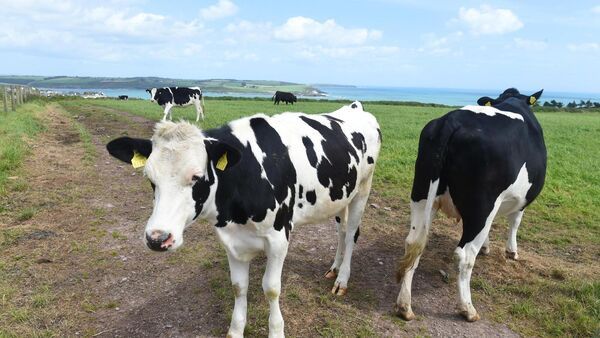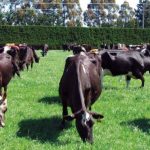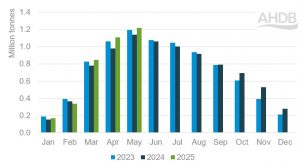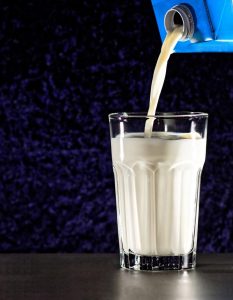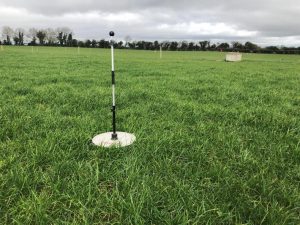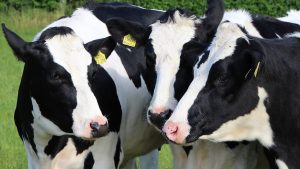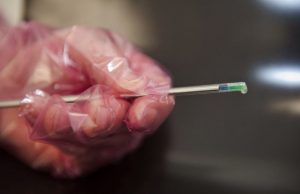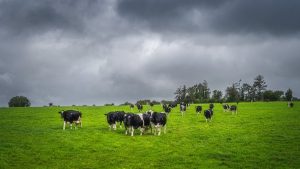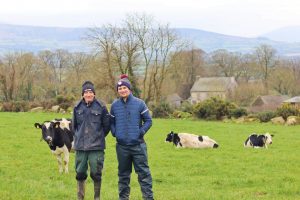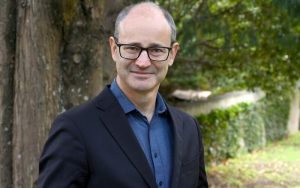
Those are just some of the findings from the third section of the Central Statistics Office (CSO) statistical yearbook of Ireland for 2021, which examined agriculture, environment, travel, and the Covid-19 pandemic.
The total area farmed in 2020 was 4.5m hectares, the data show, with pasture accounting for more than half.
“Crops, fruit and horticulture accounted for 8% of that area, silage for 26.6%, hay for 3.8%, pasture for 51.2% and rough grazing for 10.5%,” said the CSO. “The crops and livestock chapter notes the long-term decline in the area of wheat, oats and potatoes sown since 1850 to 2020.
“The total area sown of wheat, oats, barley and potatoes was 1,225,000 hectares in 1850. In the 170-year period since, this has decreased to 274,000 hectares.”
Cork had the largest number of dairy cows at 390,900 head while Leitrim had the smallest number of dairy cows at 1,900 head, the data show.
We are significantly producing more butter. In 2013, 152,100 tonnes of butter was produced which rose by 74% to 264,700 tonnes in 2020,” said the CSO.
When it comes to the regional breakdown, the mid-west was the largest producer of cattle in the State.
It accounted for 19.4% of national output and was the smallest producer of sheep, contributing just 4.2% to the national total, said the CSO.
The south-west was the largest consumer of fertilisers, accounting for 20.7% of the national consumption, while Dublin and the mid-east region was the largest producer of horses and crops.
Milk prices were 9.6% higher in 2020 when compared with 2015, while cattle prices had dropped 7.4% over the same period.
Emissions from agriculture have come into sharp focus with the sector producing 1.4% more in 2020, driven by increased activity in all areas, including a 3.2% increase in the number of dairy cows, according to data earlier this week from the Environmental Protection Agency.
That increase highlights the importance of new policies to reverse this trend, said Environment Minister Eamon Ryan.
Greenhouse gas emissions
Greenhouse gas emissions overall decreased by 3.6% in 2020 compared with the year before, a “relatively minor” drop considering the impact of the Covid-19 pandemic on all areas of society, he said.
“While the reduction in total emissions is a step in the right direction, Ireland still exceeded its emissions budget for 2020,” said Mr Ryan.
“This means that we are unlikely to meet our overall EU 2020 targets. We must now focus our efforts on meeting our obligations in the coming decade.”
Speaking in Limerick, Tánaiste Leo Varadkar said it would be unfair to single out any sector and that he was not in favour of culling livestock.
Food and agriculture are “special, and need to be treated differently”, he said.
